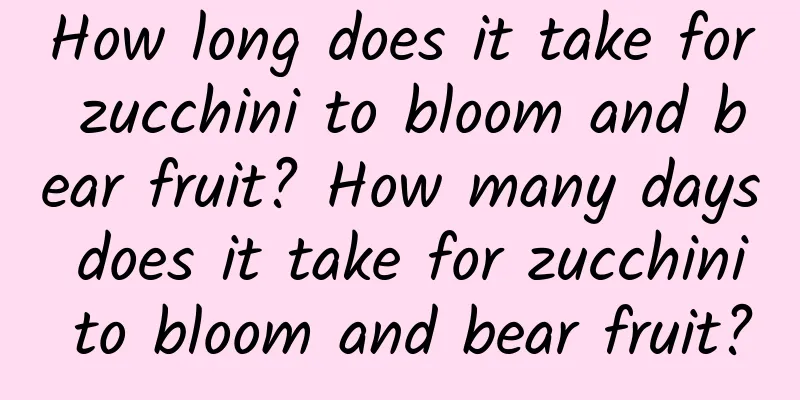Tomato planting methods and management methods

|
Tomato, also known as tomato, is a common vegetable. It has very high nutritional value, good taste and is very popular. Let’s learn about tomato planting and management methods. 1. Planting time The planting time in spring is generally from February to May, the planting time in autumn and winter is generally from July to September, and the planting time in winter and spring is generally from November to February of the following year. The climate and temperature in different regions vary, and the planting time can be adjusted appropriately according to actual conditions. 2. Site selection and land preparation Choose a plot of land with convenient irrigation and drainage, thick soil, and good ventilation as the seedling site, and then apply 3000-5000 kg of decomposed organic fertilizer , 20 kg of potassium fertilizer, and 25 kg of superphosphate per mu as base fertilizer. Plow the soil about 30 cm deep and then level it to make ridges. The ridge is about 80 cm wide, 16-24 cm high, and the ditch is about 33 cm wide. 3. Seed selection and soaking Choose high-quality seeds, soak them in clean water for 1-2 hours, then soak them in warm water at 50-60℃ for 15 minutes, stirring constantly. After the water temperature drops, continue soaking the seeds for 3-5 hours before sowing. 4. Planting seeds Sow seeds on the seedbed, with a seed dosage of 30 grams per square meter. Water appropriately after sowing to keep the soil moist. After sowing, control the temperature at 22-28℃ and it will germinate after about 3-4 days. 5. Planting When transplanting tomato seedlings, you should choose the appropriate time and weather conditions. It is usually carried out when the temperature is stable above 15℃, the ground temperature is above 10℃, and the weather is clear or slightly cloudy. Appropriate watering should be done before transplanting, and timely watering and fertilization should be done after transplanting to promote root growth and the growth and development of the above-ground parts. 6. Field management During the growth period of tomatoes, watering and fertilizing should be done in time according to growth needs to avoid excessive or insufficient water and fertilizer, so as not to affect yield and quality. At the same time, attention should be paid to the prevention and control of pests and diseases, and regular pest and disease monitoring and prevention measures should be carried out, such as spraying pesticides , herbicides and fungicides . Support management and pinching are also important links in tomato cultivation . Support management can make tomato plants grow stronger, promote ventilation and light, and increase yield and quality; pinching can control plant growth and promote fruit growth and development. That’s it |
<<: Why do gardenia buds fall off before opening?
>>: Common symptoms and treatments of cattle not eating grass
Recommend
What to do if the money tree loses its leaves
1. Reasons for leaf drop 1. Improper management E...
Does Begonia prefer shade or sun?
Does Begonia prefer shade or sun? Begonia is a su...
How to grow a small rose
Is it easy for rose hips to bloom? The rose bush ...
How to hydroponically cultivate white butterflies
White Butterfly Hydroponic Container Selection To...
How to change the pot of Goldfinger
Repotting Goldfinger: Preparing the soil Generall...
What to do if the heart of the torch flower is rotten
Causes of Torch Flower Heart Rot Why does the hea...
Disease control of round-leaf arrowroot
Sclerotium rotundum White rot is more common in r...
How many days does the lettuce grow?
During the growth process, lettuce has a relative...
How often should I water the cactus? How much water should I water it with?
How often should you water a cactus? The amount o...
What to do if the leaves of Haworthia stripeda turn yellow
Reasonable watering Haworthia does not like water...
When and how to plant edamame
Edamame planting time 1. Different varieties of e...
How to cultivate Euonymus
1. Maintenance methods 1. Temperature: It does no...
When is the best time to water the lucky tree? How often should I water it?
Lucky tree watering time The lucky tree needs mor...
When is the best time to harvest sorghum? When to plant and when to harvest
The harvest period of sorghum has very strict req...
Wheat planting time and method
Wheat is a common food crop and is planted in a v...









